The electric bike hub motor is a crucial element of e-bikes, offering diverse functionalities and variations to suit various riding needs. Understanding this motor enhances your e-bike experience. It provides the power needed for effortless rides, whether navigating hills or city streets. And learning about different types, like geared or direct drive hub motors, empowers informed decisions about your e-bike setup. Let's explore the electric bicycle hub motor further to uncover the secrets behind its performance and functionality.

What Is an Electric Bicycle Hub Motor?
An electric bicycle hub motor is an electric motor that is integrated into the hub of a bicycle wheel, typically either the front or rear wheel. It serves as the propulsion system for electric bicycles (e-bikes), assisting the rider when pedaling or enabling the bike to operate solely on electric power, depending on the type of e-bike.

How Does the Electric Bicycle Hub Motor Work?
The ebike hub motor operates by converting electrical energy from the battery into mechanical energy to propel the bike forward. It is typically integrated into the hub of the bicycle wheel, where it directly drives the rotation of the wheel.
When the rider activates the motor, electricity flows from the battery to the motor. Inside the motor, this electrical energy interacts with magnets and coils, creating electromagnetic forces that induce rotational motion in the motor's shaft.
In geared hub motors, this rotational motion is transmitted through a system of planetary gears. These gears help reduce the motor's speed while increasing its torque output, making it more efficient for climbing hills and navigating challenging terrain.
On the other hand, direct-drive hub motors transfer the rotational motion directly to the wheel without the use of gears. While they may sacrifice some torque for increased efficiency and simplicity, they still provide ample power for most riding conditions.
Overall, whether geared or direct-drive, the electric bicycle hub motor works by harnessing electrical energy to drive mechanical motion, providing riders with assistance and enhancing their overall riding experience.
Hub Motor Type
Electric bicycle hub motors come in different types, each with its own advantages and applications.
Front Hub and Rear Hub Motors
Hub motors come in two primary placements: front and rear. Rear hub motors are more common and provide a feeling of being pushed from behind, offering stability and power for uphill climbs. In contrast, front hub motors give the sensation of being pulled along, making them suitable for lighter e-bike models.
Additionally, front hub motors provide simpler installation and better traction, especially on slippery surfaces, but they can affect steering and may feel unbalanced. Rear hub motors offer more natural handling and weight distribution, making them preferable for many riders.
Gear and Direct Drive Motors
Hub motors are further categorized into geared and direct drive motors. Geared hub motors utilize a system of planetary gears to reduce speed and increase torque. They are efficient and lightweight, making them suitable for most riding conditions, especially climbing hills. Direct drive motors, on the other hand, transfer power directly to the wheel without gears. While they are simpler and quieter, they may lack the torque of geared motors. However, they are more efficient and require less maintenance over time.
E-bike Motor Sensors: Torque vs. Cadence
All electric bike motors rely on sensors to provide assistance to riders effectively. Two primary sensor types used with hub motors are torque and cadence sensors. Torque sensors measure the amount of effort the rider exerts on the pedals, providing responsive assistance based on input. In contrast, cadence sensors activate the motor when the pedals are in motion, offering a simpler but less intuitive riding experience.
What Is the Difference between a Geared Hub Motor and a Direct Drive Hub Motor?
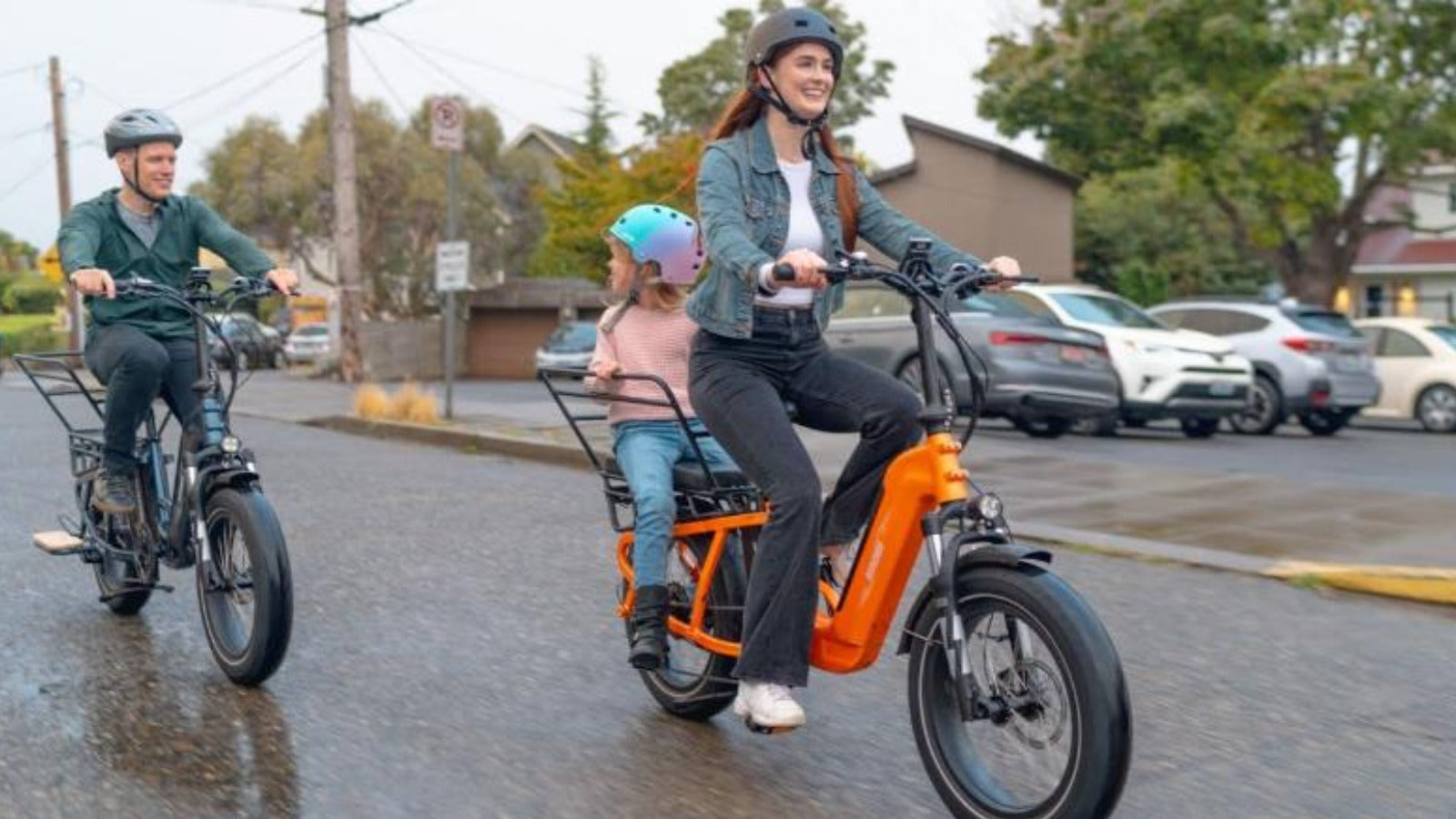
When comparing geared and direct drive hub motors, several factors come into play, influencing their performance and suitability for different riding conditions. Let's explore some key differences between these two motor types:
Volume and Weight
Geared hub motors are typically smaller and lighter than direct drive motors due to their internal gear mechanisms. This makes geared motors preferable for riders seeking a lightweight e bicycle hub motor setup or enhanced portability.
Speed and Terrain
Geared hub motors excel at climbing hills and navigating rough terrain, thanks to their efficient power transmission and torque capabilities. In contrast, direct drive motors offer smoother operation at higher speeds, making them suitable for flat terrain and urban commuting.
Battery Life
Geared hub motors tend to have better energy efficiency, resulting in longer battery life compared to Direct Drive motors. This can be advantageous for riders seeking extended range and fewer recharging intervals.
Noise
Geared hub motors produce more noise during operation due to the movement of internal gears. In contrast, direct drive motors operate silently, providing a quieter riding experience.
Durability
Direct drive motors are generally more durable and require less maintenance than geared motors, thanks to their gearless design. This makes direct drive motors suitable for riders seeking a low-maintenance e-bike solution.
Conclusion
The electric bicycle hub motor plays a pivotal role in enhancing the performance and functionality of e-bikes. With the various types of hub motors, sensor technologies, and key differences between geared and direct drive motors explained, this blog will surely empower you to make informed decisions when selecting an e-bike setup that suits your individual preferences and riding needs.
FAQ
What are the applications of hub motors?
Hub motors are commonly used in electric bicycles, providing propulsion assistance to riders during cycling. They are also utilized in electric scooters, wheelchairs, and other personal mobility devices.
What is the difference between mid drive vs hub motor?
The main difference between mid-drive and hub motors lies in their placement and operational mechanics. Mid-drive motors are centrally positioned at the bike's bottom bracket and provide assistance by directly driving the bike's chain. In contrast, hub motors are mounted within the front or rear wheel hub and provide assistance by turning the wheel directly. Each motor type offers unique advantages and considerations based on riding preferences and terrain conditions.


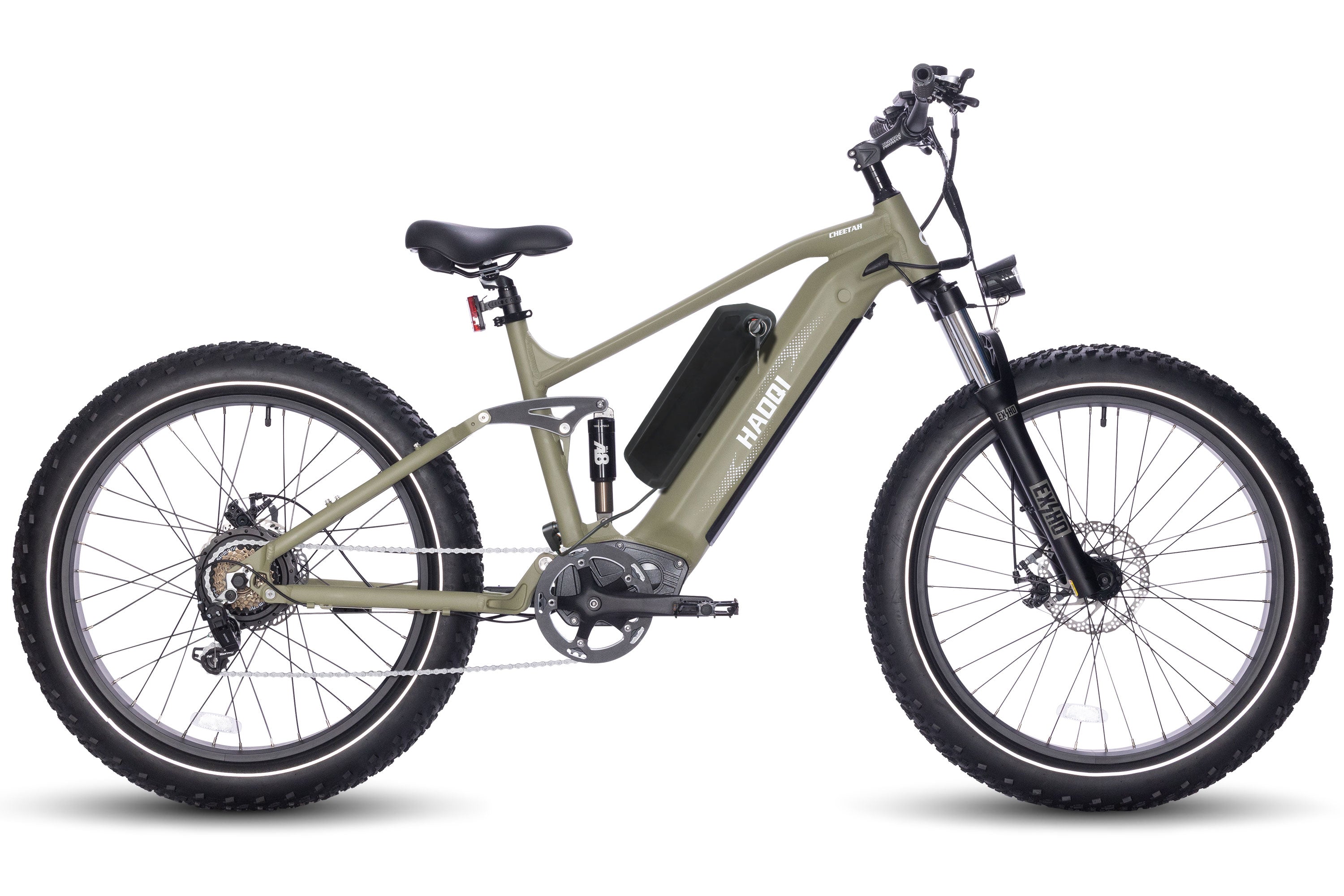

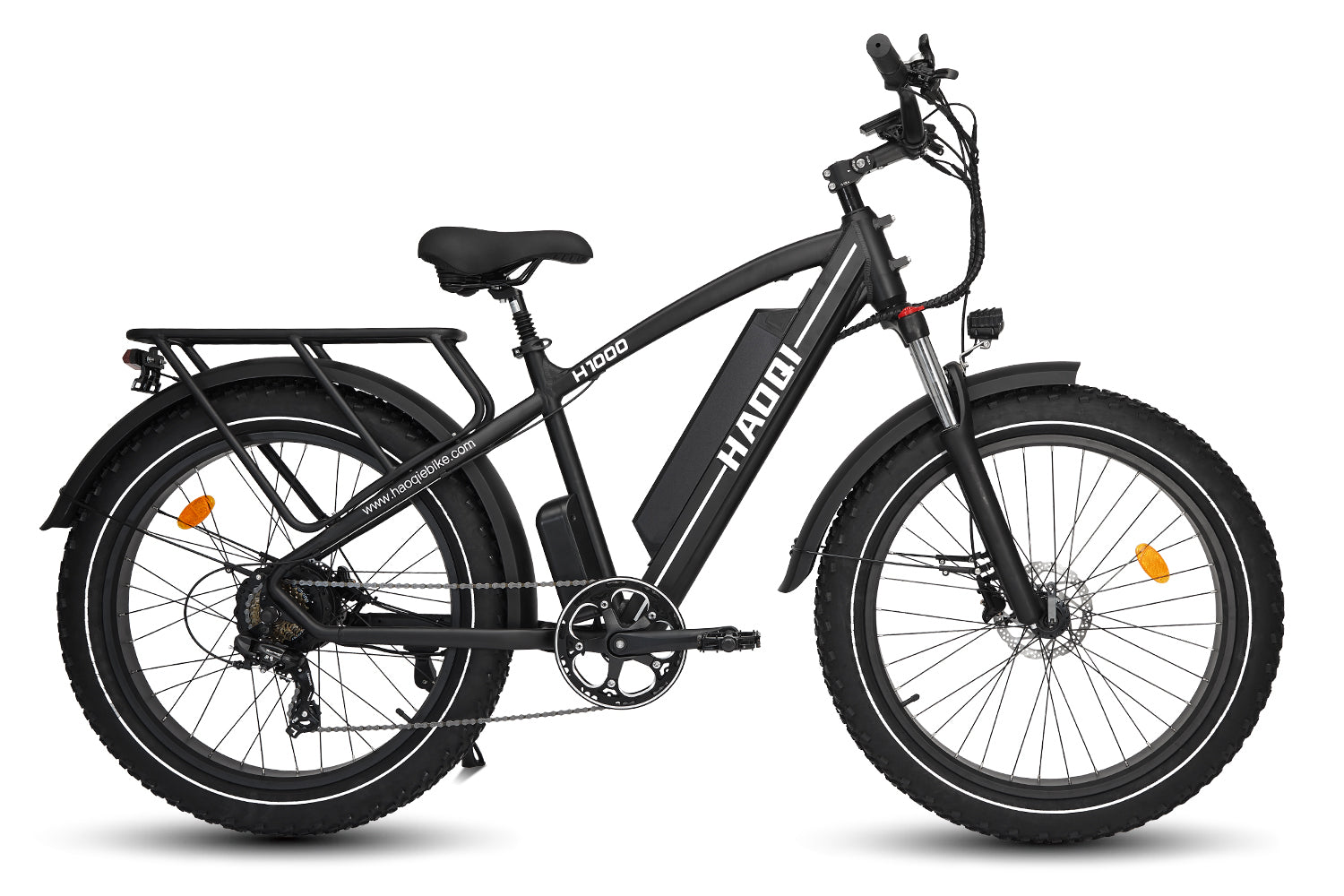
![HAOQI Antelope 500W Cargo Electric Bike (UL Certified) [electric bike] [HAOQI ebike]](http://haoqiebike.com/cdn/shop/products/haoqi-antelope-cargo-electric-bike-with-dual-battery-haoqiebike-com-1.jpg?v=1753954498&width=1500)
![HAOQI Squirrel Folding Electric Bike (UL Certified) [electric bike] [HAOQI ebike]](http://haoqiebike.com/cdn/shop/files/1_03c67b67-715e-4617-a648-51f108ceb425.jpg?v=1766473332&width=1500)
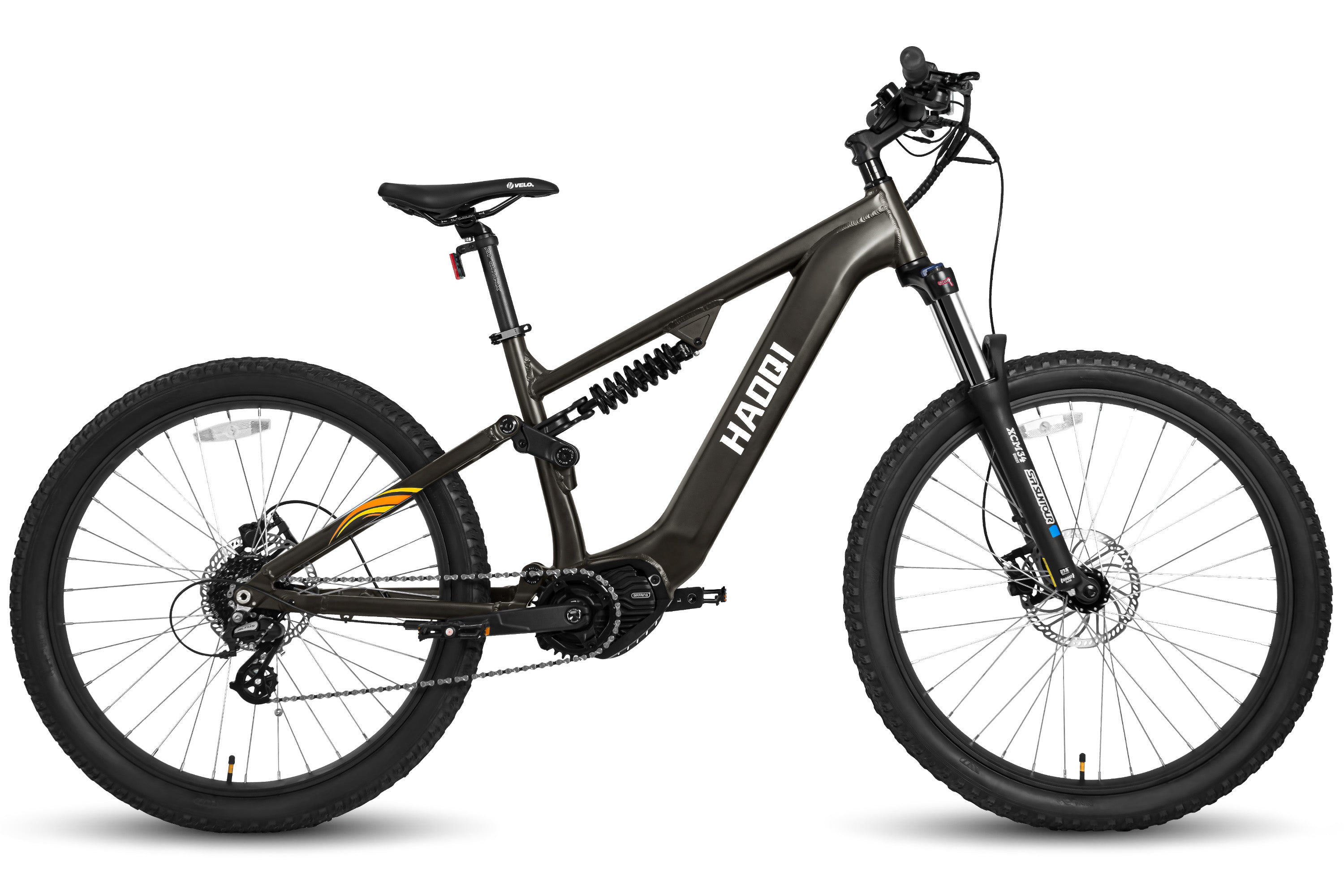
![HAOQI Eagle Long Range Electric Bicycle (UL Certified) [electric bike] [HAOQI ebike]](http://haoqiebike.com/cdn/shop/files/2_bf7ae46b-aad6-472a-9c14-d56ca3f0feb6.jpg?v=1755142722&width=1500)
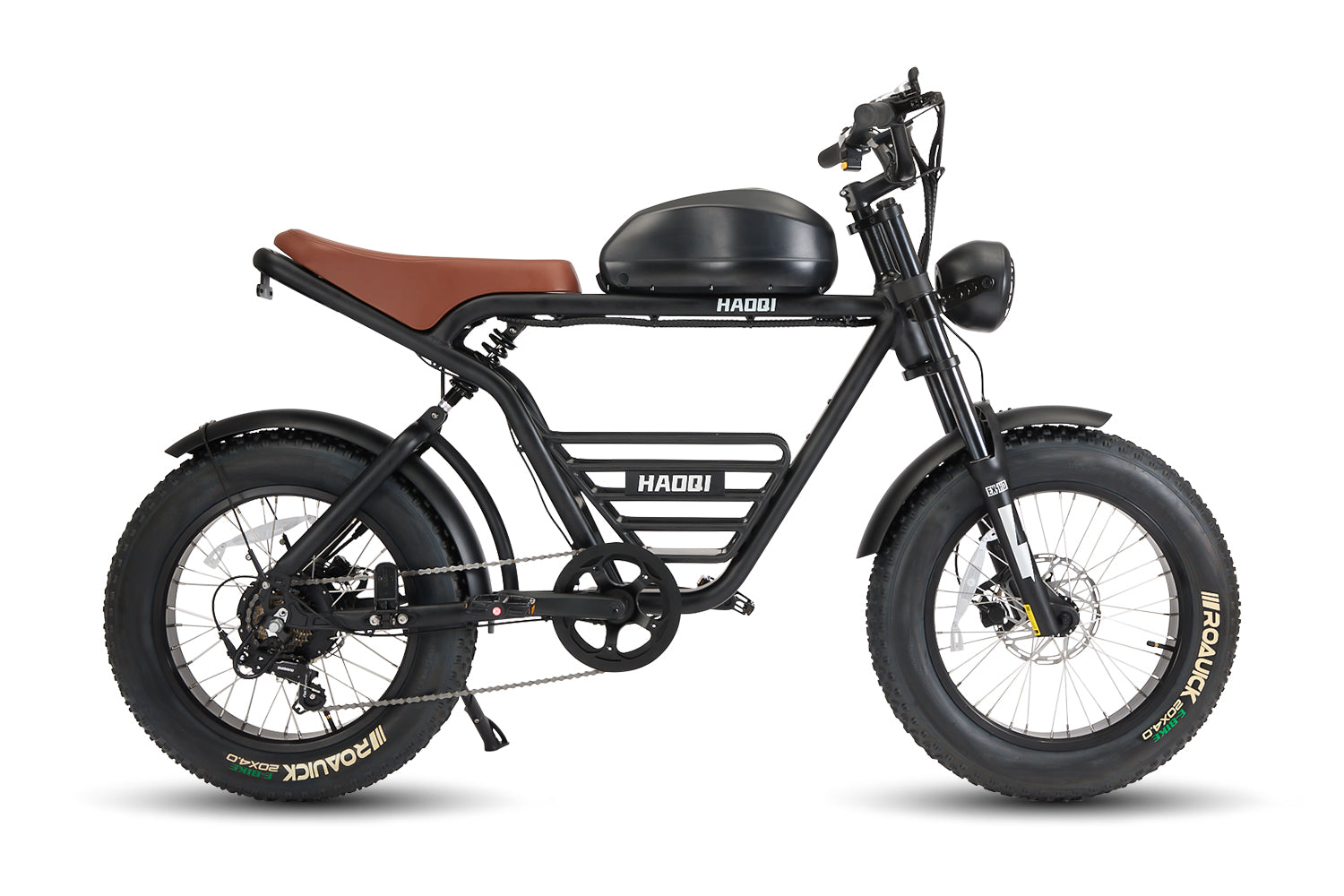
![HAOQI Antelope Pro 750W Cargo Electric Bike (UL Certified) [electric bike] [HAOQI ebike]](http://haoqiebike.com/cdn/shop/products/haoqi-antelope-pro-cargo-electric-bike-with-dual-battery-750w-haoqiebike-com-1.jpg?v=1751610204&width=1500)
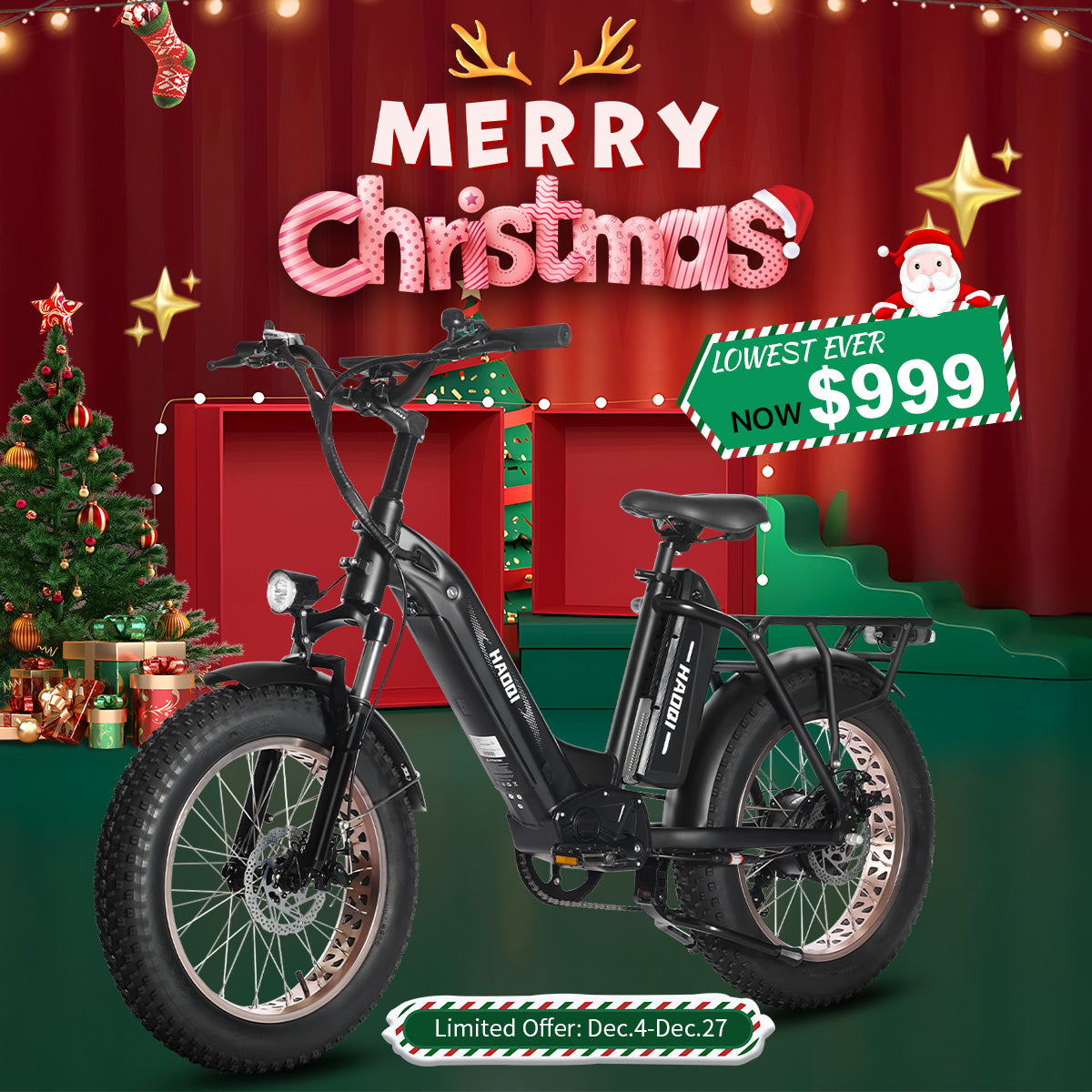

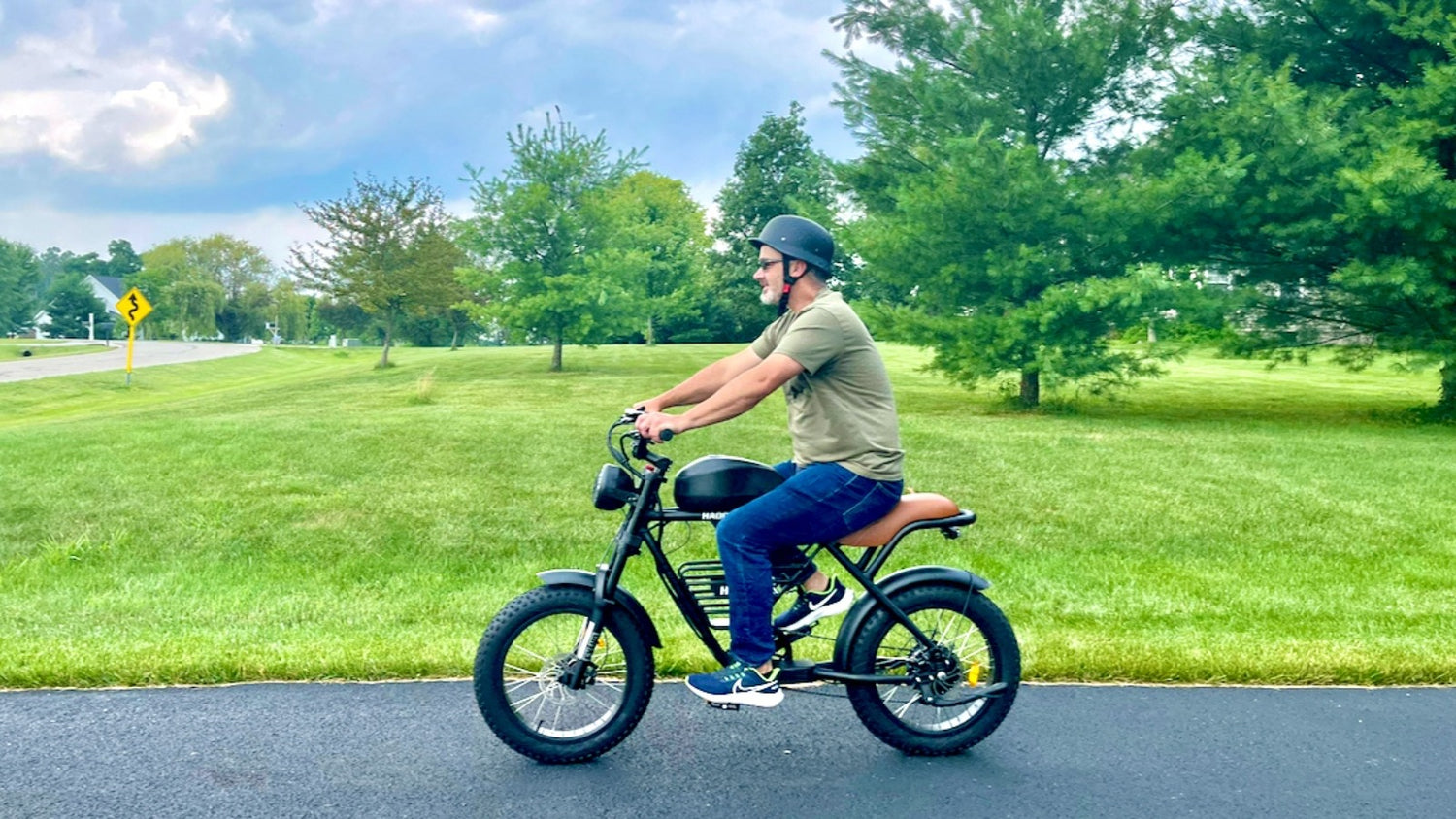
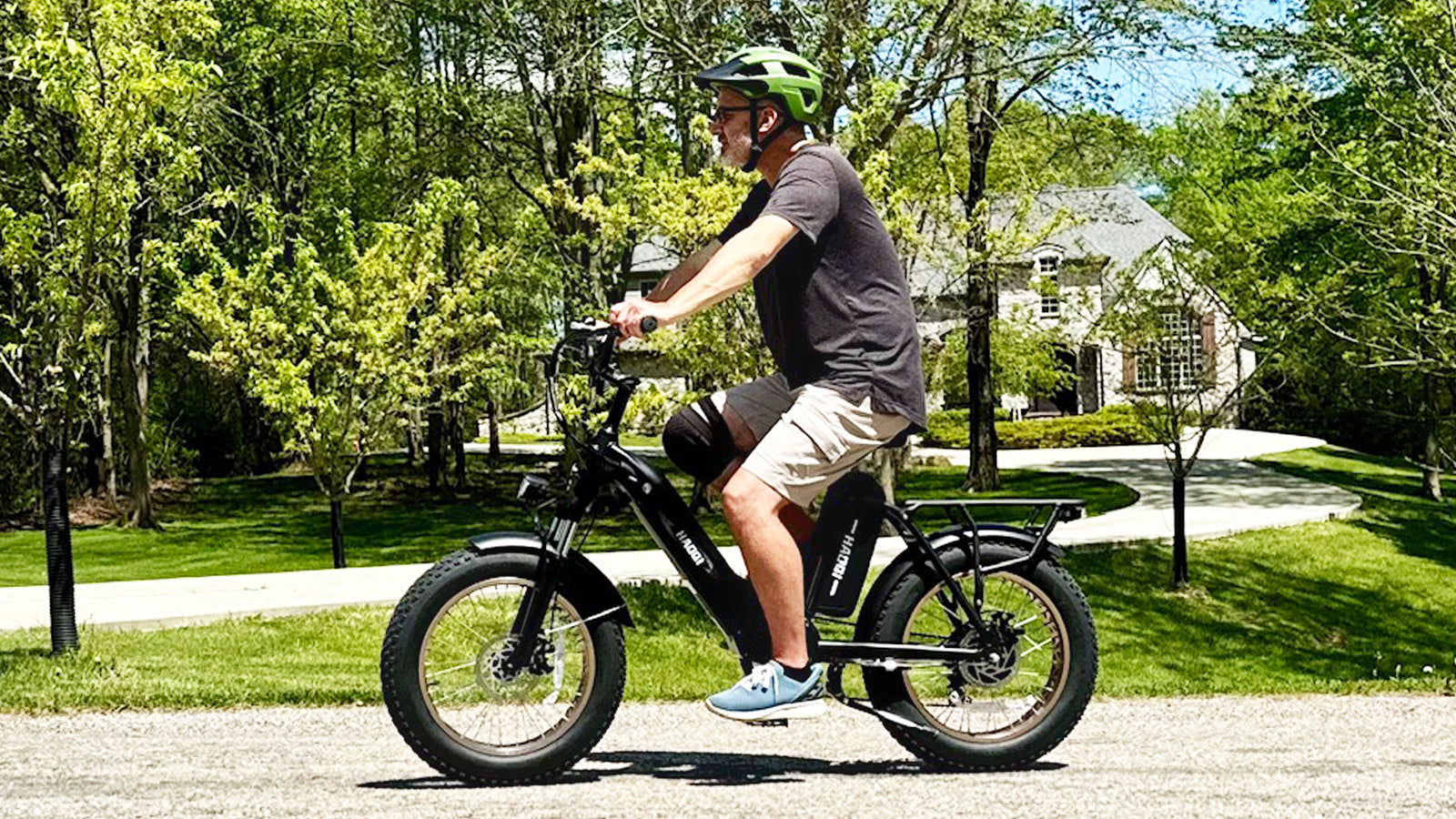





Leave a comment
All comments are moderated before being published.
This site is protected by hCaptcha and the hCaptcha Privacy Policy and Terms of Service apply.